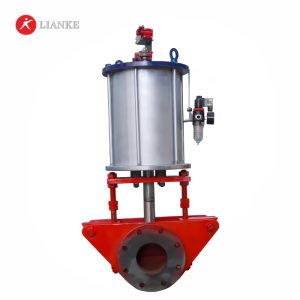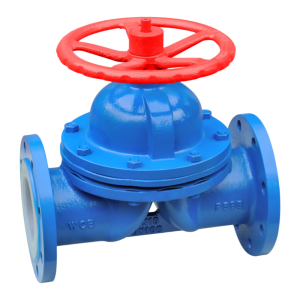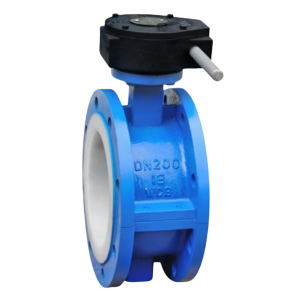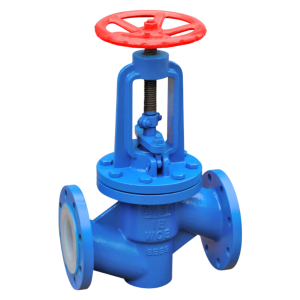PTFE/PFA/FEP Lined Valves
For Demanding Applications
At Lianke Valve, we specialize in manufacturing corrosion resistant lined valves with FEP, PFA, PO, PTFE lining options, DN40-1200. Compliant with CE, ISO9001, and TS, ensuring our products meet global standards such as API, JIS, and ASME.
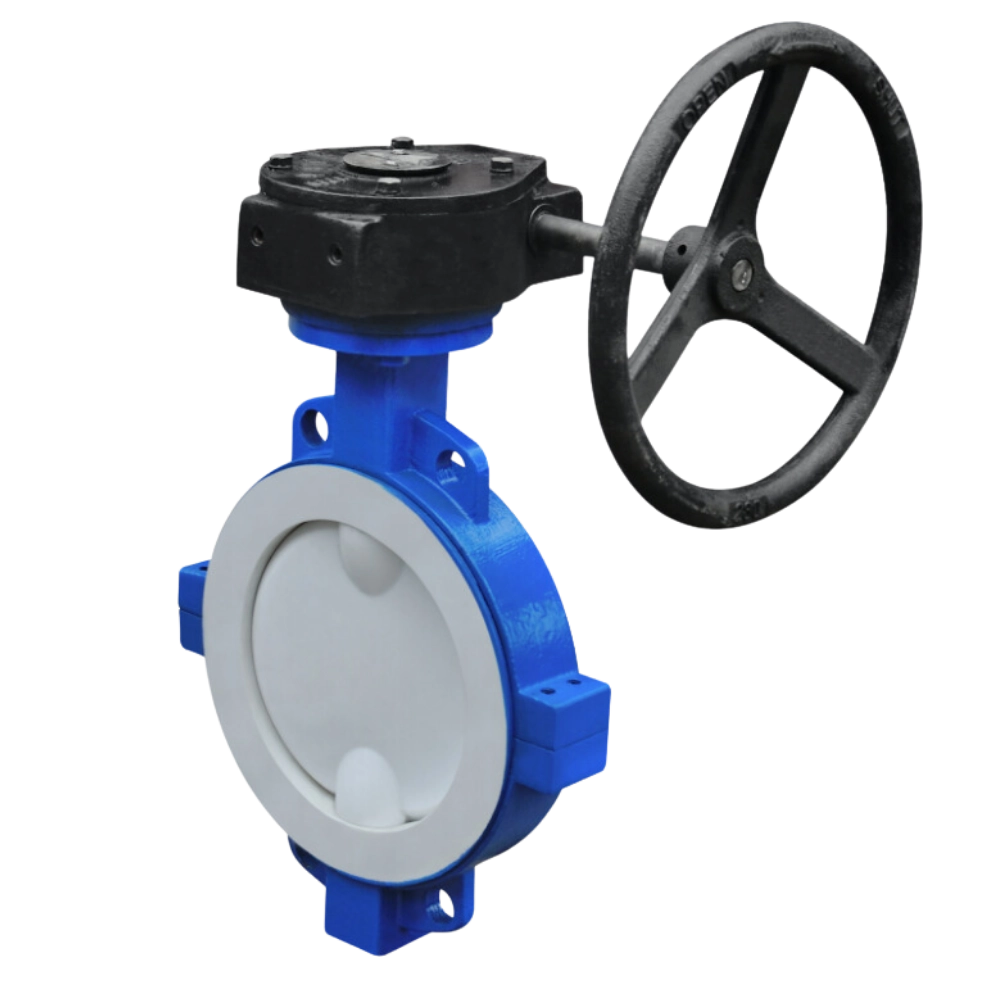
Factory Direct Lined Valves for Corrosive Applications
-
PTFE Lined Valve for Acid Media
Resists strong acids and alkalis, widely used in chemical plants and acid dosing lines. -
PFA Lined Valve for Heat and Purity
Handles high temperature and clean applications, including semiconductor and pharma use. -
In-House Lined Valve Production
All valves made in our own facility, supporting OEM orders with stable lead time.

Lined Butterfly Valve
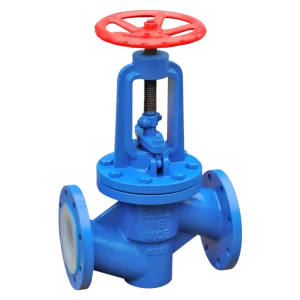
Lined Globe Valve
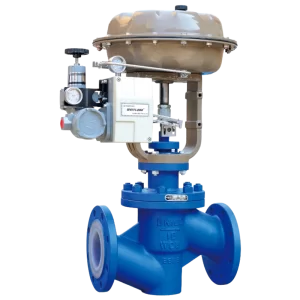
Lined Control Valve

Lined Diaphragm Valve
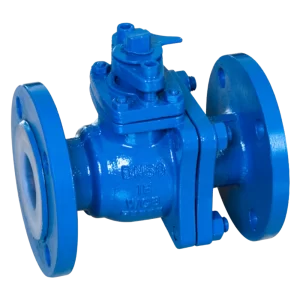
Lined Ball Valve
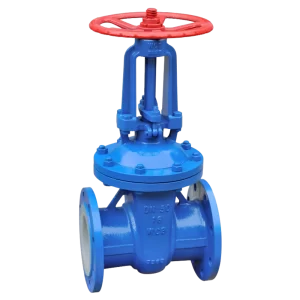
Lined Gate Valve
Applications / Industries We Served
Our lined valves are widely used in systems that carry aggressive or high-purity fluids, include:
- PTFE lined valve in acid handling plants,
- PFA lined valve in chemical injection lines
- Lined diaphragm valve in pickling systems
- Lined ball valve in wastewater neutralization
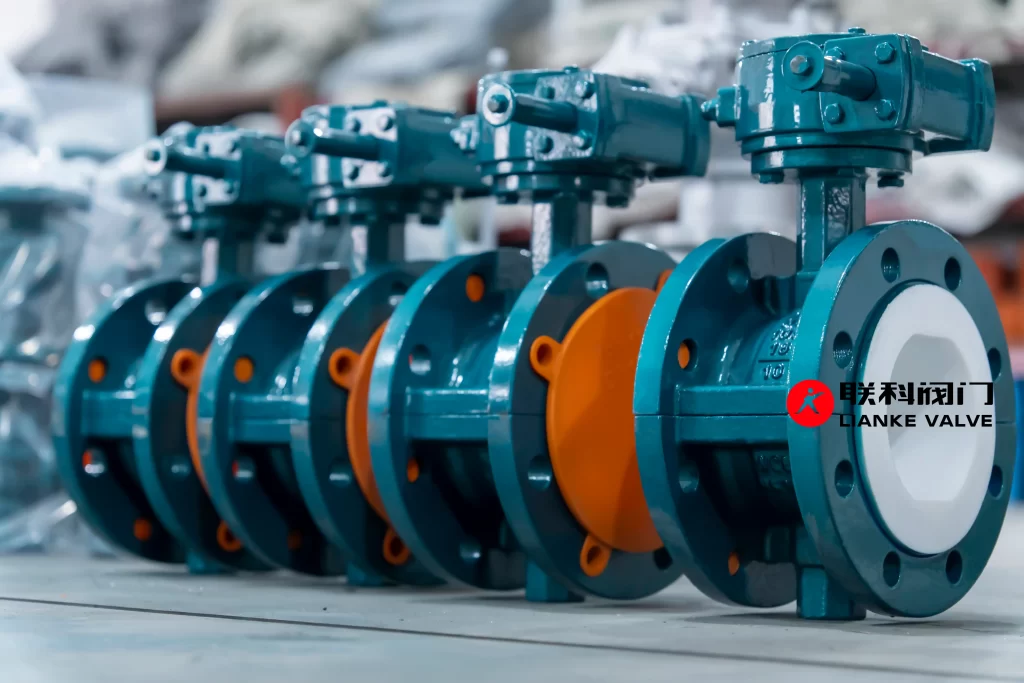
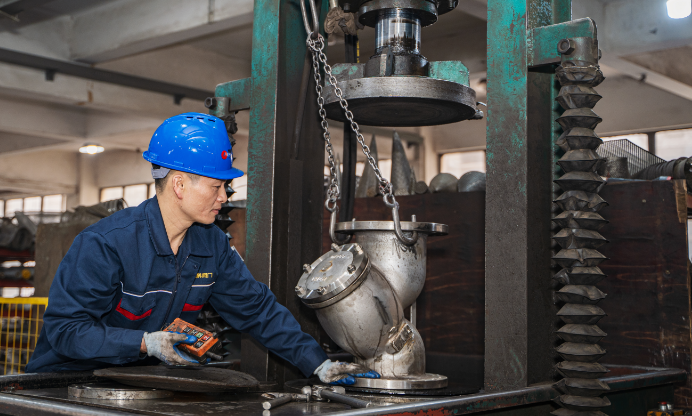
Why Choose Us
As a professional lined valve manufacturer with over 20 years of experience. Our 12,000 m² factory handles the entire process in-house—from CNC machining to PTFE/PFA lining and pressure testing. With over 50,000 units produced annually, we serve global EPC contractors and distributors with consistent quality and as fast as 7 days delivery.
- In-house lined valve production with full quality control
- 50,000+ PTFE and PFA lined valves produced per year
- Supports OEM customization and global flange standards (ANSI, DIN, JIS)
- Fast response and stable lead time for international orders
Worldwide Distribution of Our Lined Valves
We export our lined valves to over 30 countries, supplying international distributors, EPC contractors, and industrial end users across key markets.
- In Russia and Kazakhstan, our PTFE lined valves are widely used in EPC bidding packages for acid handling and chemical process systems.
- In Vietnam and the UAE, PFA lined valves from our factory are supplied to chemical distributors serving high-purity and high-temperature fluid systems.
- In Brazil and South Africa, we support bulk procurement needs through long-term partnerships with valve wholesalers and engineering firms.
- We also serve customers in Southeast Asia, Eastern Europe, and the Middle East with project-based and OEM orders.


Certifications & Quality Assurance
Every lined valve we deliver passes full testing and documentation.
- ISO 9001 certified production
- PTFE/PFA material reports
- Pressure and vacuum testing
- ASTM-standard lining thickness
Complete Valve Solutions - One Factory, All Your Need
Discover our full range of factory-manufactured products: pinch valves, fluorine-lined valves, and specialized filtration equipment. All from one certified factory with consistent quality and service.
Request a Lined Valve Quote
Tell us about your project and we’ll get back within 24 hours.
For standard sizes, delivery can be arranged in 2–3 days from stock. Custom orders typically take 2–3 weeks depending on quantity and valve type.
Absolutely. We support full OEM service including logo engraving, body color, packaging, and third-party inspection if needed.
We provide a full set including invoice, packing list, MTC (material test certificate), pressure test report, and optional third-party inspection documents.
All products are manufactured under ISO 9001 and come with MTC, pressure test reports, and lining material certificates. Third-party inspection (SGS, BV, etc.) is also supported.
We offer technical support via email or video, and all products come with a 12-month warranty. For long-term partners, we provide spare parts and engineering advice.




